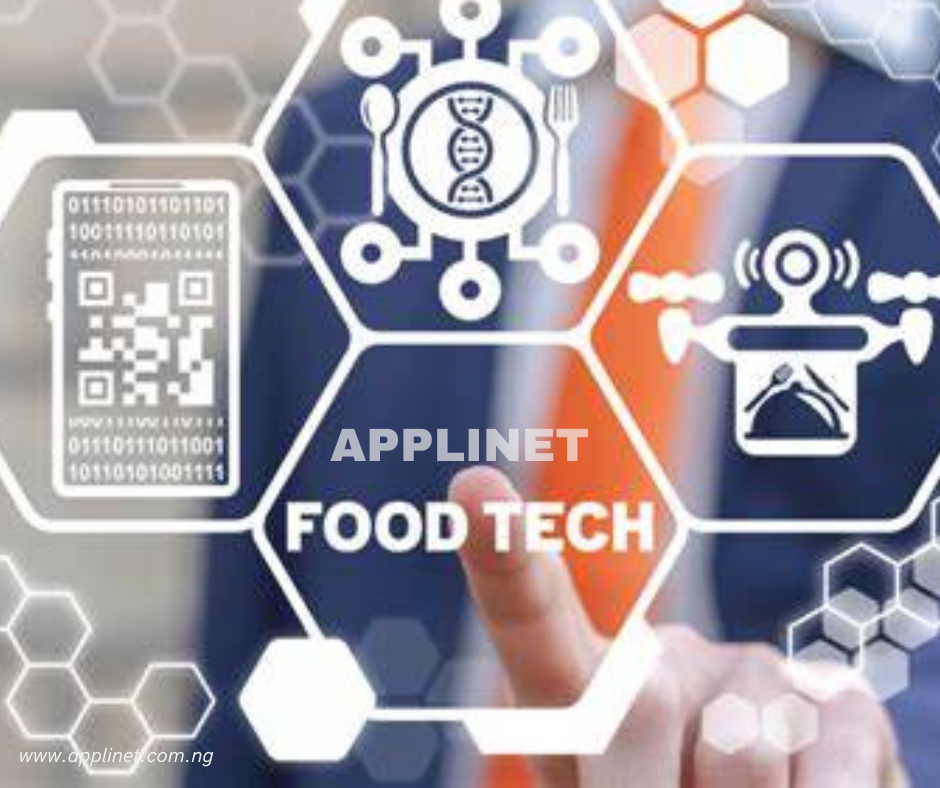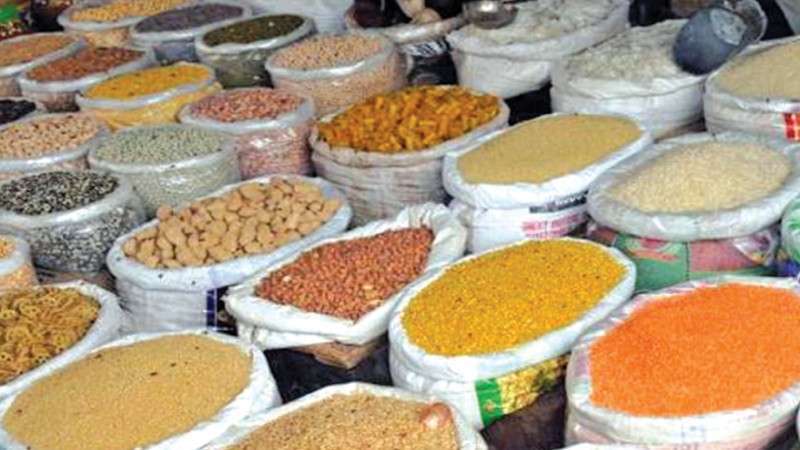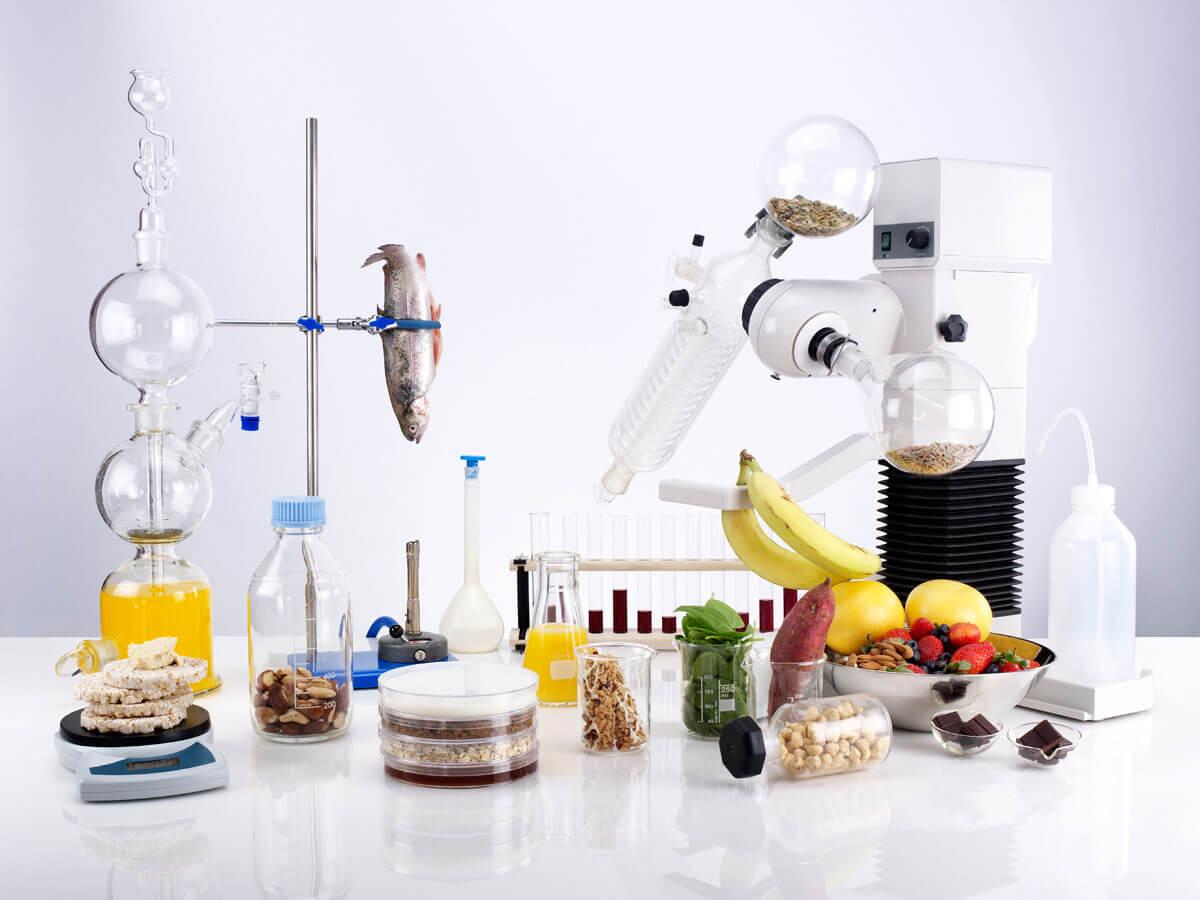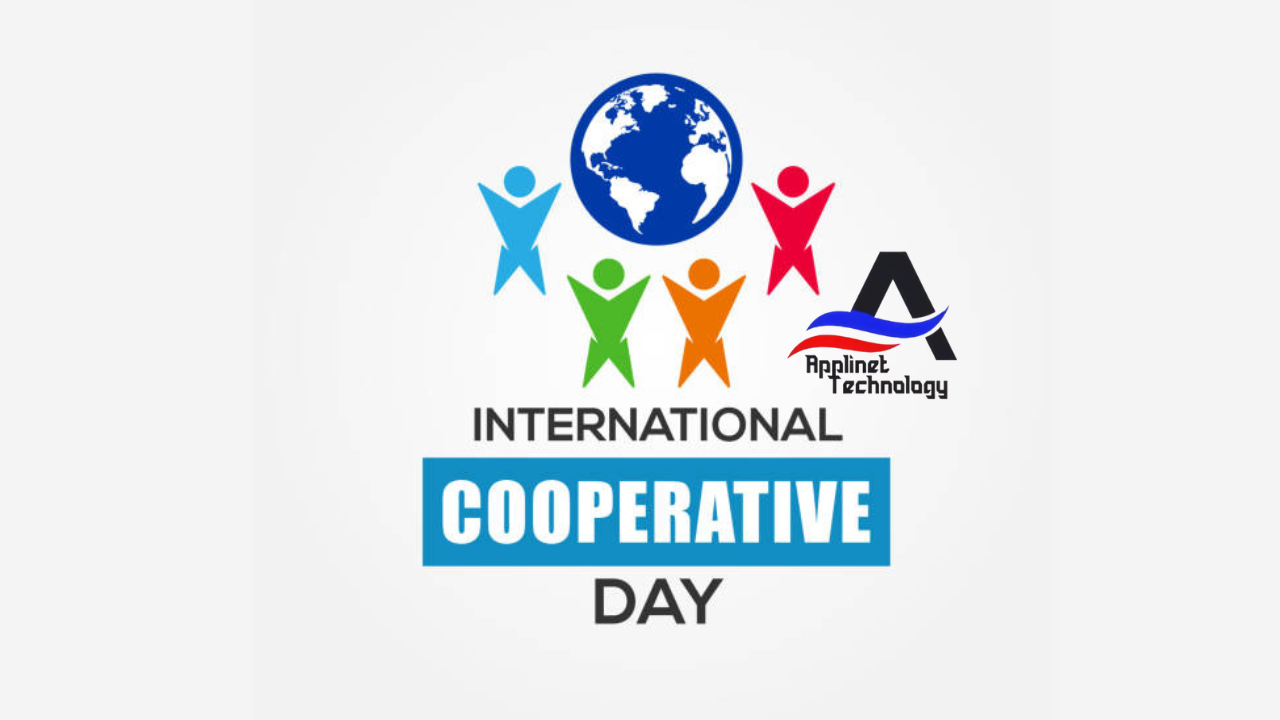 Tech's Tasteful Revolution: How FoodTech Pioneers Safety and Sustainability in Our Plates.
Tech's Tasteful Revolution: How FoodTech Pioneers Safety and Sustainability in Our Plates.
Revolutionizing the Food Industry: The Synergy of FoodTech and Food Safety
In an age where technology permeates every facet of our lives, the food industry is undergoing a transformative revolution. The advent of FoodTech, a convergence of technology and food, is not only redefining how we produce, process, and consume food but is also enhancing food safety standards.This synergy is essential for a future where food is not just plentiful and delicious but also safe and sustainable.
The Rise of FoodTech
FoodTech encompasses a broad spectrum of innovations ranging from precision agriculture, alternative proteins, and smart kitchens to food delivery and personalized nutrition. These technologies aim to address some of the most pressing challenges in the food industry, including food security, environmental sustainability, and consumer health.
1. Precision Agriculture: Using data analytics, IoT devices, and AI, farmers can monitor crop health in real-time, optimize resource usage, and predict yields with greater accuracy. This not only increases productivity but also reduces the environmental footprint of farming.
2. Alternative Proteins: Plant-based and lab-grown meats are gaining popularity as sustainable alternatives to traditional animal proteins. Companies like Beyond Meat and Impossible Foods are leading the charge, creating products that mimic the taste and texture of meat while significantly lowering greenhouse gas emissions.
3. Smart Kitchens: The integration of IoT in kitchen appliances allows for precise cooking, reducing waste and ensuring food is cooked safely. Appliances can alert users to potential hazards and provide step-by-step cooking instructions.
4. Food Delivery and Personalized Nutrition: Food delivery platforms are leveraging AI to predict consumer preferences and optimize delivery routes. Meanwhile, personalized nutrition startups are using genetic data to tailor diet plans, enhancing individual health outcomes.
Enhancing Food Safety
While these innovations are exciting, they also bring new challenges, particularly in ensuring food safety. Food safety is critical as it prevents foodborne illnesses and maintains consumer trust. Fortunately, technology is also stepping up to meet these challenges.
1. Blockchain for Traceability: Blockchain technology offers a transparent and immutable ledger for tracking the journey of food from farm to table. This enhances traceability, allowing for quick identification and resolution of contamination sources, thus preventing widespread foodborne outbreaks.
2. AI and Machine Learning: These technologies are being used to predict and identify potential food safety hazards. AI algorithms can analyze vast amounts of data from various sources, such as social media, health records, and supply chain logistics, to detect patterns and anomalies that may indicate a food safety issue.
3. Sensors and IoT: Advanced sensors can monitor temperature, humidity, and other environmental conditions during food storage and transportation. IoT-enabled devices provide real-time data, ensuring that food is stored under optimal conditions to prevent spoilage and contamination.
4. Food Safety Testing Kits: Portable and rapid testing kits are becoming more sophisticated, allowing for on-site detection of pathogens, allergens, and chemical contaminants. These kits reduce the time needed to test and respond to food safety issues.
The Future of FoodTech and Food Safety
The future of FoodTech and food safety lies in their seamless integration. Innovations such as edible sensors that monitor the freshness of food, AI-driven predictive analytics for supply chain management, and advanced biotechnologies for developing resilient crop varieties are on the horizon. Moreover, fostering a culture of food safety within organizations, coupled with robust regulatory frameworks, will be crucial.
As consumers become more informed and demand higher standards, companies must prioritize transparency and safety in their operations. The collaboration between tech innovators, food producers, and regulatory bodies will be key to ensuring that the benefits of FoodTech are realized without compromising food safety.
In conclusion, the intersection of FoodTech and food safety is a dynamic and promising frontier. By harnessing the power of technology, we can create a food system that is not only more efficient and sustainable but also safer for everyone. As we move forward, the continuous innovation and commitment to safety will ensure that the food we consume is both nourishing and secure, paving the way for a healthier future.
In this exciting era, the revolution in FoodTech and food safety promises to deliver solutions that will feed the world safely and sustainably, ensuring that everyone has access to the benefits of these advancements.


References:
- Agriculture.com. (n.d.). Precision Agriculture Technology for Crop Farming. Retrieved from https://www.agriculture.com/technology/precision-agriculture
- Marr, B. (2021, March 29). How Data Analytics is Revolutionizing Agriculture. Forbes. Retrieved from https://www.forbes.com/sites/bernardmarr/2021/03/29/how-big-data-and-analytics-are-transforming-agriculture/
-
BBC Future. (2021, April 26). The Rise of Plant-Based Meat. Retrieved from https://www.bbc.com/future/article/20210426-the-rise-of-plant-based-meat
-
Healthline. (n.d.). Lab-Grown Meat: What You Need to Know. Retrieved from
https://www.healthline.com/nutrition/lab-grown-meat -
IoT For All. (n.d.). The Smart Kitchen: A Hub of IoT Innovation.
Retrieved from https://www.iotforall.com/smart-kitchen-iot-innovation -
Built In. (n.d.). How IoT is Transforming Home Kitchens.
etrieved from https://builtin.com/internet-things/iot-kitchen-appliances -
VentureBeat. (2020, September 28). AI in Food Delivery: Optimizing the Last Mile. Retrieved from https://venturebeat.com/2020/09/28/how-ai-is-optimizing-food-delivery/
-
Nutrigenomix. (n.d.). Personalized Nutrition and Genetic Testing.
Retrieved from https://www.nutrigenomix.com/personalized-nutrition/ -
Harvard Business Review. (2019, June). Blockchain Could Help Save the Environment.
Retrieved from https://hbr.org/2019/06/blockchain-could-help-save-the-environment -
IBM. (n.d.). Blockchain for Food Safety and Traceability.
Retrieved from https://www.ibm.com/blockchain/solutions/food-trust -
Food Quality & Safety. (n.d.). How AI and ML are Revolutionizing Food Safety.
Retrieved from https://www.foodqualityandsafety.com/article/how-ai-and-ml-are-revolutionizing-food-safety/ -
ScienceDirect. (n.d.). Machine Learning for Food Safety. Retrieved from https://www.sciencedirect.com/science/article/pii/S23519
78920300132 -
Food Safety Magazine. (n.d.). IoT, Sensors, and Food Safety.
Retrieved from https://www.foodsafetymagazine.com/magazine-archive1/
december-2019january-2020/iot-sensors-and-food-safety/ -
Food Logistics. (n.d.). The Role of IoT in Temperature Monitoring.
Retrieved from https://www.foodlogistics.com/technology/article/21128163/
the-role-of-iot-in-temperature-monitoring
 Applinet Technology Ranks Top 10 in Lagos, 48th Globally, and Among Africa’s Best—Shaping the Future of Digital Marketing, Innovation, and Startup Excellence in 2024! 🚀🌍
Applinet Technology Ranks Top 10 in Lagos, 48th Globally, and Among Africa’s Best—Shaping the Future of Digital Marketing, Innovation, and Startup Excellence in 2024! 🚀🌍
 Ademola Lookman celebrating Culture, Pride, and Excellence at the grand stage of Africa's Best Footballer of the Year Award Night
Ademola Lookman celebrating Culture, Pride, and Excellence at the grand stage of Africa's Best Footballer of the Year Award Night
 Empowering Africa Genius
Empowering Africa Genius
 The role of cooperatives in supporting Applinet's vision to innovate while preserving Africa's heritage and fostering sustainable development.
The role of cooperatives in supporting Applinet's vision to innovate while preserving Africa's heritage and fostering sustainable development.